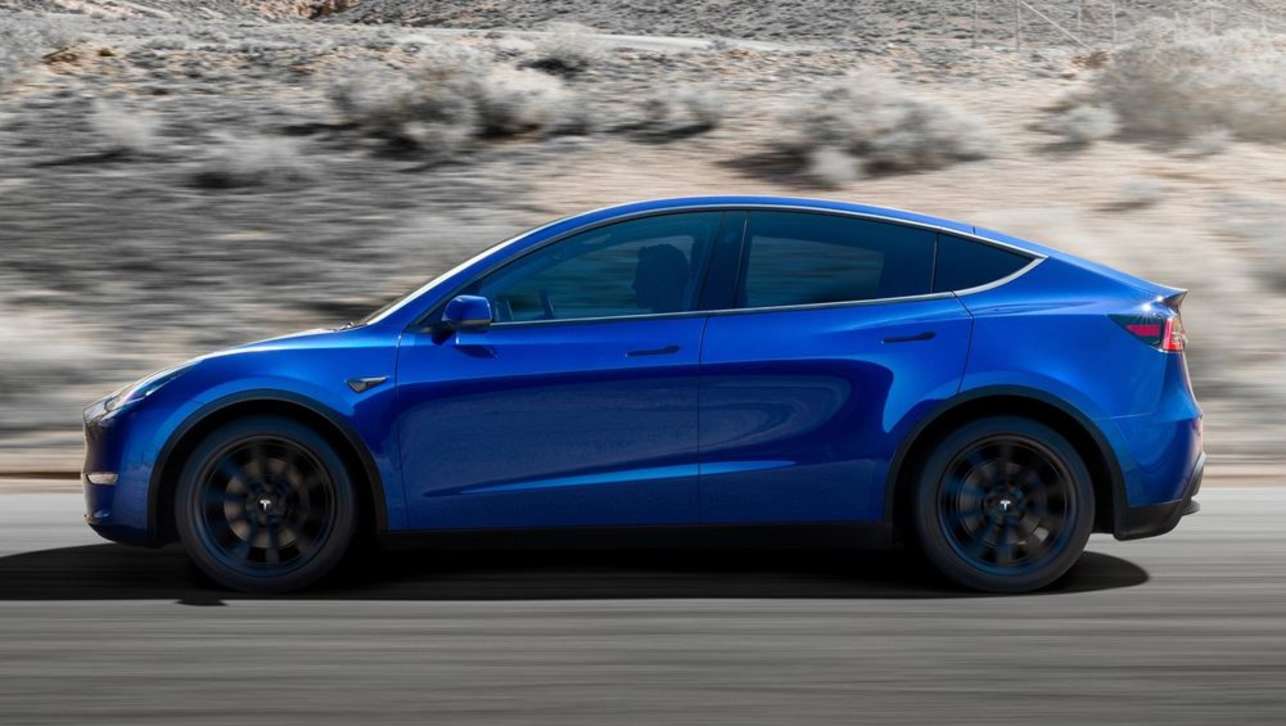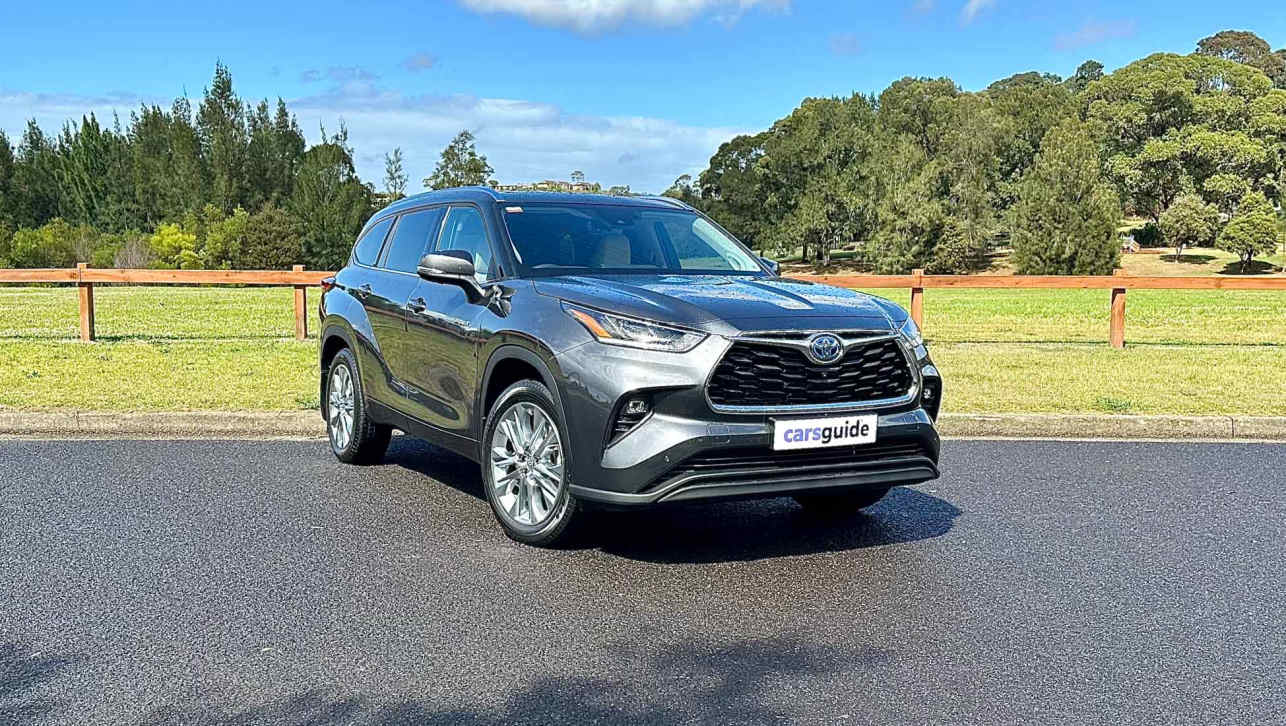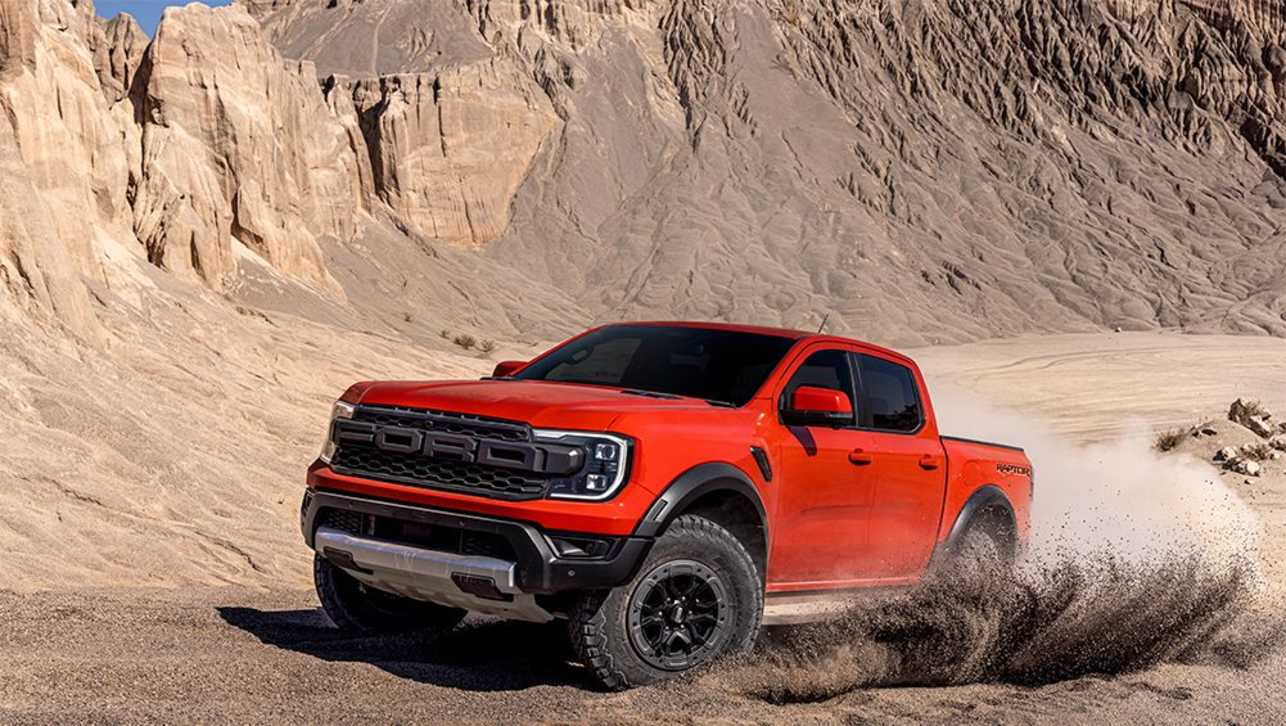Tesla has the kind of heat most brands can only dream of – despite the odd questionable Tweet from its founder – and it is the dominant electric vehicle manufacturer globally right now.
In fact, in Australia, Tesla has delivered about 10,000 examples of the Model 3 this year alone. That’s a similar number of registrations Toyota has recorded for its Camry in the same period. It also puts the Model 3 way out in front as Australia’s best-selling EV by a massive margin.
If you are in the market for an EV right now in Australia, there is a decent chance you’re at least considering a Tesla.
At the moment you can’t get into the higher-end Model S sedan or Model X SUV because Tesla is busy re-tooling its Californian factory for the updated versions. Deliveries are expected to start back up at some point next year.
You can, however, get into a Model 3 from the Shanghai factory fairly quickly, despite the pandemic-related delays impacting most car manufacturers globally.
As CarsGuide reported, the approximate wait time for an entry-level Model 3 is about eight-to-12 weeks, but it was as short as two-to-five weeks last month.
The Model Y SUV is still not officially on sale in Australia yet, but deliveries are expected to start early-ish in 2022.
There’s a good chance buyers will be tossing up between the Model 3 and Model Y because they are essentially the same car underneath. You could describe the Model Y as an SUV version of the Model 3.
So what are the differences between the two models? I’m glad you asked…

Design
Aside from the obvious difference in ride height and the SUV proportions of the Model Y, there’s no mistaking the fact these two are siblings. In fact, they share about 75 per cent of their parts.
The basics of the front-end design are the same, with the stubby nose, closed-off grille, front apron and headlights matching, as well as the swept-up beltline, particularly behind the C-pillar.
While the tail-lights are essentially identical too, the Teslas differ from the A-pillar back. Because it is a liftback, the Model Y roofline slopes down more dramatically at the rear and the 3 has a sedan boot.
The 3 sits lower to the ground and looks like a sleek coupe-inspired sedan, whereas the Y is taller and looks unmistakably like an SUV, albeit without the egg-like shape of the larger Model X.
Dimensions
The Model Y further differentiates itself from the 3 when it comes to dimensions.
The Y is 56mm longer, the wheelbase is 16mm longer, it’s 41mm wider and 183mm taller than the Model 3.
Naturally the SUV has more ground clearance – 167mm compared with 140mm.

Powertrain and driving range
The two models share a platform and powertrains. There are three Model 3 variants with different driving range and performance capabilities offered in Australia. However, at this stage, just two Model Y variants have been confirmed.
Note that Tesla does not provide battery capacity figures so all we have to compare is the driving range.
The entry grade Model 3 is now just called Rear-Wheel Drive and it has one motor and a standard range battery that will allow you to drive for 491km (on the WLTP cycle) before requiring a charge. It weighs in at 1760kg.
Next up is the mid-grade Model 3, the Long Range AWD. As the name suggests, it is all-wheel drive with two motors – one on each axle. Driving range is 614km and it weighs 1844kg.
The Model Y Long Range AWD is believed to have an estimated driving range of 542km, which is quite a bit less than the equivalent Model 3. The extra 150kg of weight on the SUV clearly has an impact on range.
Flagship Performance variants of the Model 3 are dual motor all-wheel drive, weigh the same as the Long Range AWD (1844kg) and have a 567km range.
The Model Y Performance carries the same 1997kg weight as the Long Range AWD and has a 528km estimated range.
Performance
Teslas are known for their straight-line performance and the Model 3 and Model Y are unlikely to disappoint on that front.
The Model 3 Rear Wheel Drive can dash from 0-100km/h in 6.1 seconds.
Long Range AWD versions of the Model 3 and Model Y cover that distance in 4.4 and 5.0 seconds respectively.
The Performance races from standstill to 100km/h in 3.3s for the 3 and 3.7s for the Y.

Interior and boot space
Both models seat five occupants and while the Model Y is offered in some markets with seven seats, it won’t be offered with a third row in Australia from launch.
The Model Y is bigger in every interior dimension than the Model 3 – except front legroom, but the difference is negligible.
It’s difficult to differentiate the two when it comes to interior design and layout. They both feature the big 15-inch landscape touchscreen that houses the majority of vehicle functions and they share the ultra-minimalist dash and console layout.
Cargo space is where the Model Y really has an edge. Including frunk (front trunk) space, the Model 3 can take a total of 649 litres, but the Model Y can swallow 2158L. One of the key reasons for this is the Model Y has folding rear seats, whereas the Model 3 does not.
Standard features
Both models come standard with Tesla’s Autopilot driver assistance suite and they share a number of comfort features.
They both get power adjustable front seats, heated front and rear seats, heated steering wheel, power folding and heated exterior mirrors, a 14-speaker audio system, LED fog lights, tinted glass roof, centre console with four USB ports and wireless charging for two devices.
Pricing
Pricing for the Model 3 ranges from $59,990 before on-road costs for the Rear-Wheel Drive, to $73,400 for the Long Range AWD and topping out at $84,900 for the Performance.
Tesla is yet to announce Australian pricing for the Model Y but expect it to carry a premium over the Model 3 of anywhere between $5000 and $10,000.







.jpg)
.jpg)
.jpg)

.jpg)







.jpg)
.jpg)
.jpg)
.jpg)
.jpg)

.jpg)




Comments